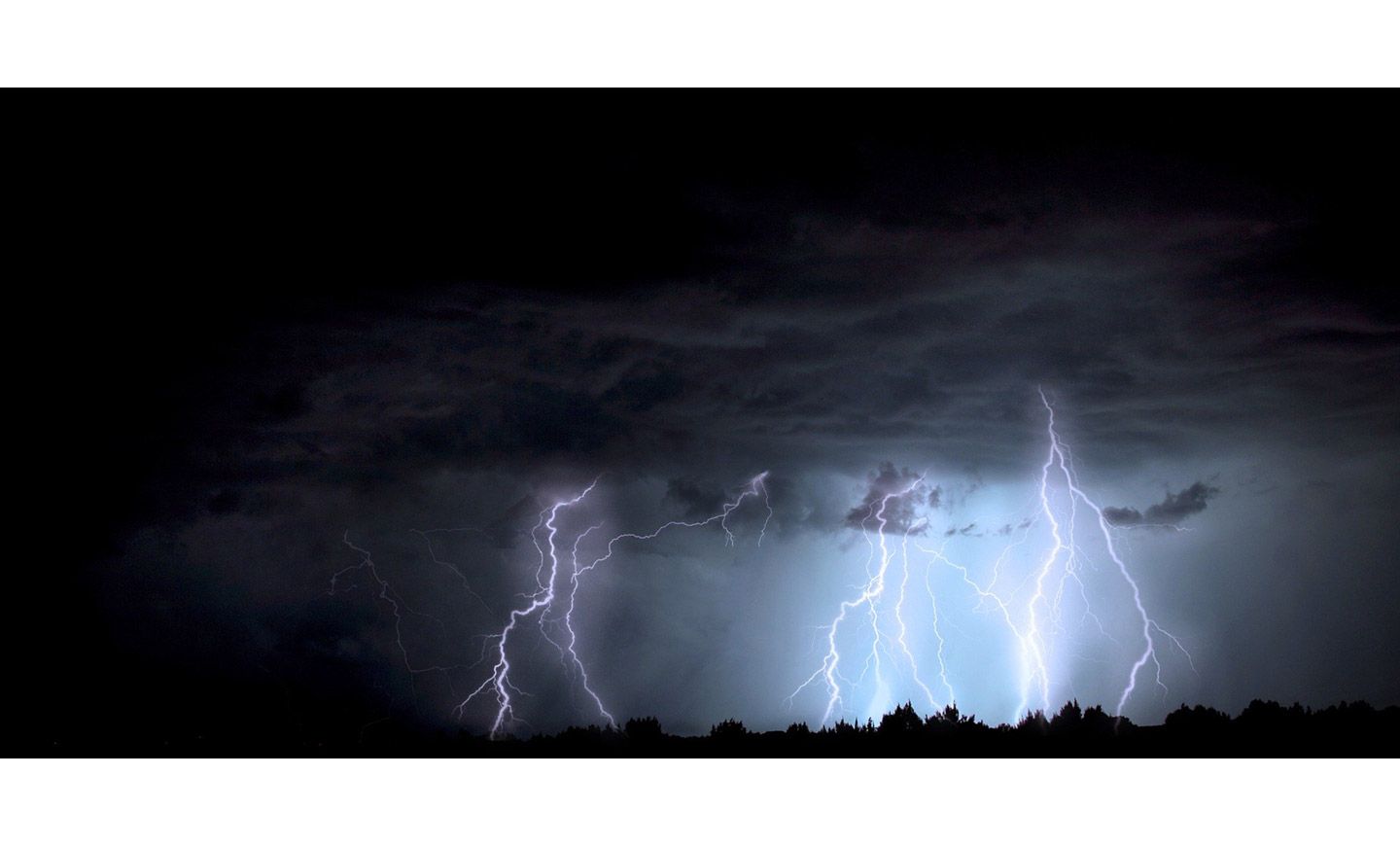Monsoon season is a fact of life. After a hot and dry start to summer, we get hit with heavy winds, dense rains, and seemingly non-stop thunderstorms. While we may not see a single cloud the rest of the year, from June 15 to September 30, it is pretty safe to assume that we’ll see at least a handful of storms. Many of us have come to expect this kind of weather, that doesn’t make the flash floods, lightning strikes, or thick mud any less dangerous, especially when you are on the road.
The Danger of Monsoons
Arizona is a typically dry state. The ground is made up of dust and compact dirt, making monsoons particularly dangerous. When the wind kicks up, it grabs all the dust it can, creating a dust storm that can make it difficult to see, gums up engines, and even gets in your lungs. Dust storms are incredibly hazardous to drive in, as visibility is next to non-existent. It’s hard to avoid oncoming traffic, animals in the road, or sudden debris appearing in front of you when you are basically blind.
On top of that, since Arizona’s topsoil is so compact and dense, water has a hard time being absorbed. Since the rainwater has nowhere to go, it simply sits on top on the ground, trickling, and then rushing, down the nearest dip or hill. Unlike with states to the east that see heavy rains almost every month of the year with very little flooding, Arizonans can expect flash floods during monsoon season. These floods create a serious problem when it comes to driving, as it is very easy to hydroplane – when your tires lose contact with the road due to water. This often leads drivers to lose complete control over their vehicle, making a collision almost inevitable.
Driving Safely During a Monsoon
The best policy is to simply avoid driving altogether during bad weather. Unfortunately, that simply isn’t an option for many of us. We can’t take time off work every monsoon season. That is why we at Breyer Law Offices, P.C. have put together a few driving tips for you this monsoon season.
Floods: Avoid driving in flooded areas, even if they seem shallow. The water depth can be deceiving and may actually be much deeper than you believe.
Hydroplaning: Always make sure there is an adequate distance between you and the car ahead of you just in case you begin to hydroplane. If you do hydroplane, do not slam on the brake, as that will only cause you to lose further control. Instead, you should slowly ease your foot off the accelerator, while continuing to steer, in order to slow down.
Parking: Avoid parking under trees or utility poles, as the high winds from the storm can cause them to break and fall onto you or your car. If an electrical wire from a utility pole snaps and comes into contact with your car, do not exit the vehicle. Instead, call 911 and ask for assistance. Once the emergency crews clear you to get out, then you can exit the vehicle.
Low Visibility: When driving at night or during poor weather, exercise extra caution and drive slowly. There may be a flooded section of the road dead ahead that you cannot see and driving quickly into it could easily result in a serious accident.
Monsoon season is an incredibly dangerous time of year for drivers in Arizona. As cautious as we all try to be, sometimes accidents happen, often because of someone else’s reckless behavior. If you were in an auto accident caused by negligence, then you deserve proper legal representation and compensation. Contact The Husband and Wife Law Team. We are ready and waiting to help.


